Although it sounds a bit intimidating, conversion rate is pretty simple. It is a rate that indicates the number of site visitors that turn into customers. By turning into customers we mean that they complete an action that you as a website owner want them to complete. That could be anything from buying something on your online store to giving you their email.
A good #ConversionRate is vital for your #business, and this article will teach you how to significantly boost it! Share on XConversion rate optimization, on the other hand, is a process in which you try to understand the behavior of your visitors, or in other words, what is stopping or encouraging them to make a conversion.
Both of these definitions are simplified, so let’s dive a little deeper into the meaning of these two terms.
The Difference Between a Conversion and Conversion Rate

As mentioned earlier, a conversion is when a visitor completes an action on your site that is beneficial to you in one way or another. These actions can be categorized into two groups, macro, and micro conversions.
Macro conversions can be thought of as your primary goals. For example, if you have an online store, then a macro conversion would be a purchase.
Micro conversions are actions that might lead to a macro conversion eventually and those include subscribing to a newsletter, email list, etc.
Now, if you think the term conversion rate sounds like something that has math involved, you wouldn’t be wrong. Since a conversion rate is calculated by dividing the number of completed conversions with the number of unique visits to your site.
Why is Conversion Rate Important
The fact that there are so many tools and methods of improving conversion rate is definitely a good indicator that conversion rate is something important. But why exactly? Well, for a lot of reasons, some of those being:
Having better insight into customer habits and behavior – With the help of conversion rate optimization you can get to know what preferences your customers have, and thus acquire more of the same type of customers, your target customers.

Greater return on investment – With a better conversion rate you are able to get more out of your resources, meaning you will get more conversions without having to invest more into making that happen.
Improved user experience – Through conversion rate optimization you learn what are your site’s strong points but also weaknesses. Having that knowledge and using it to make the appropriate changes to your site will create a better user experience and thus make your visitors stay longer on your site, increasing the chances of them making a conversion.
How to Improve Conversion Rate
Like with everything, to optimize conversion rates, you have to know what, where, and for who something is being optimized. If you don’t, then you’re just taking a shot in the dark with the changes you are making.
Here are some things to pay attention to when gathering your conversion rate information:
- Who are your actual customers
- Which page are first-time visitors most drawn to
- What page do they stay on the longest
- What led them to your site.
- When do most of them leave your site
- What do they need and can you provide them with it
You might be thinking “this is a lot of work” and you’re right. Luckily, there are plenty of tools out there you can use to study your conversion rate and optimize it.
Let’s get to know some of the best ones!
Tools You Can Use for Conversion Rate Optimization
Google Analytics
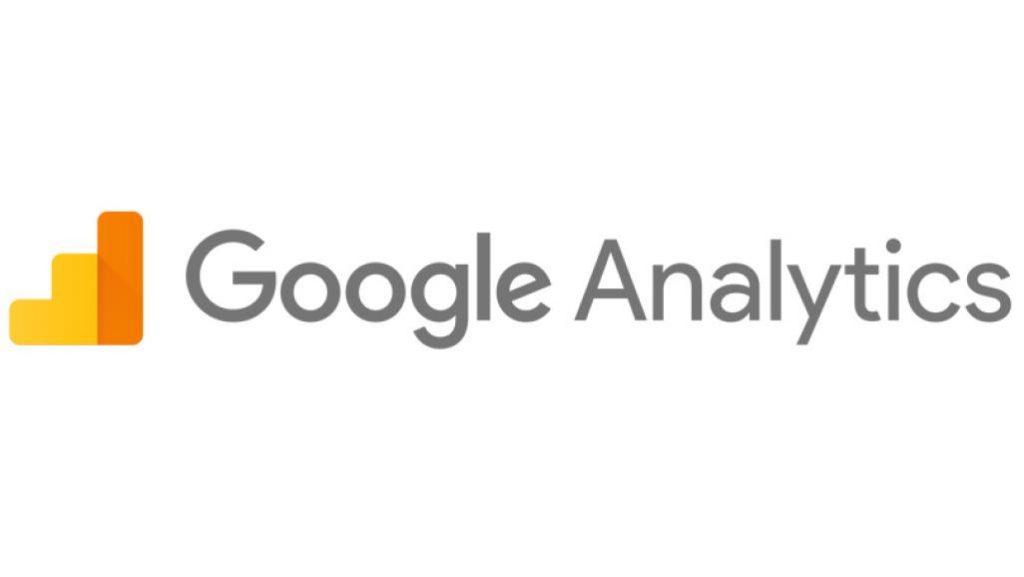
This tool definitely needs no introduction, considering it is so widely used, available, and affordable. For a lot of people, it is the first tool they use in their conversion rate optimization journey and is considered a staple in the website maintenance tool arsenal.
It is integrated with Google AdWords which makes it great for tracking landing page quality and their conversion goals. With it, you will be able to single out pages with high bounce rates and low conversion rates, or in other words, you’ll know exactly what your problem spots are.
In the detailed data reposts that Google Analytics will provide you with in the form of charts and dashboards, you’ll get all sorts of metrics such as bounce rate, conversion rate, amount of views, average visit duration, and a lot more.
If we’re being honest, no other tool or platform is as flexible and functional as Google Analytics and most of the other conversion optimization tools are integrated with Google Analytics in one way or another.
Crazy Egg
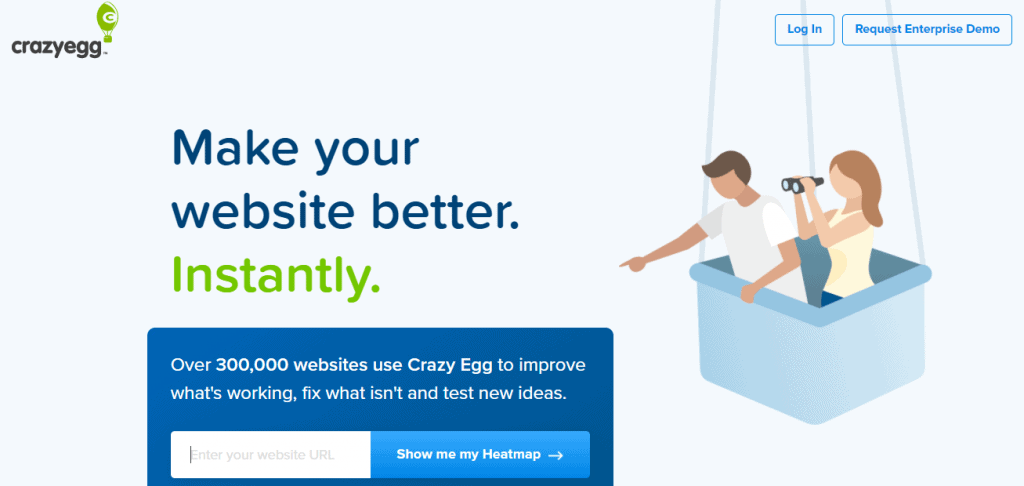
Being one of the first tools with heatmap software, Crazy Egg really solidified its place in the industry. And even though it started just as heatmap software, now it’s a solution with a range of tools and features including video tracking, split-testing, a streamlined editor, and much more.
Using Crazy Egg you’ll get an in-depth analysis of your visitors’ behavior. For example, with the help of the heatmaps it will provide you with you’ll get to know what your most popular click locations are, the number of clicks each of your page elements gets, and so on. With this information, you can then modify your site and its pages so they’ll end up bringing in more conversions.
One stand out feature of Crazy Egg is called Confetti and what it does is basically divide your clicks based on a certain search term, time of day, search engine, referral, date, etc.
Other features include customer journey mapping, scrolling analysis, click behavior, and also user tracking. On top of all this, the tool’s basic package is pretty affordable so it’s definitely worth the price.
Feng-GUI
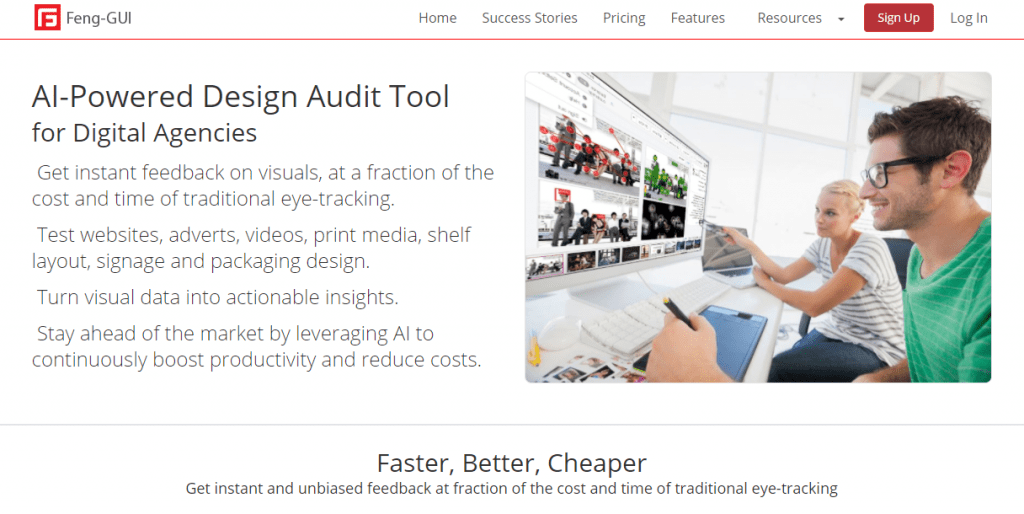
Feng-GUI is a tool that will analyze every visual element of your homepage and will then tell you which of them are most liked/most appealing. Through its predictive analysis you will be able to improve your page layout and thus create a better user experience and get more conversions.
But pages aren’t the only thing you can test with this tool, you can do the same for adverts, videos, print media, shelf layout, signage, and packaging design.
Your call to action elements aren’t doing their job? Don’t worry Feng-GUI will help you increase their visibility.
Fear that areas of your website aren’t getting the attention they deserve? This tool will tell you exactly which ones are noticed and which ones are overlooked.
Want to test the visual performance of campaigns before they are seen by the public? You can with Feng-GUI.
Hotjar
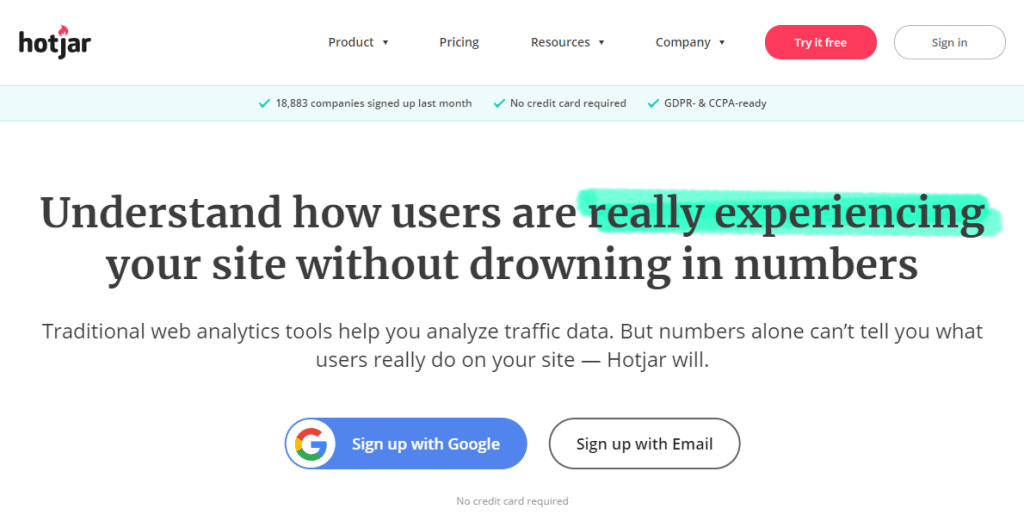
Known as one of the most intuitive analytics tools, Hotjar will enable you to do more advanced conversion rate optimization.
Using Hotjar you can pinpoint where your visitors enjoy spending time on your website and what actions do they make the most. It provides you with heatmaps, user recording, funnel testing, and allows you to create user polls all for the purpose of allowing you to make the proper improvements.
You could say that this tool is the perfect mix of analytics and feedback and is the only tool of this kind.
In a nutshell, if you want a team-oriented tool that will be easy to use and easy to integrate into eCommerce platforms, then look no further than Hotjar.
Optimizely
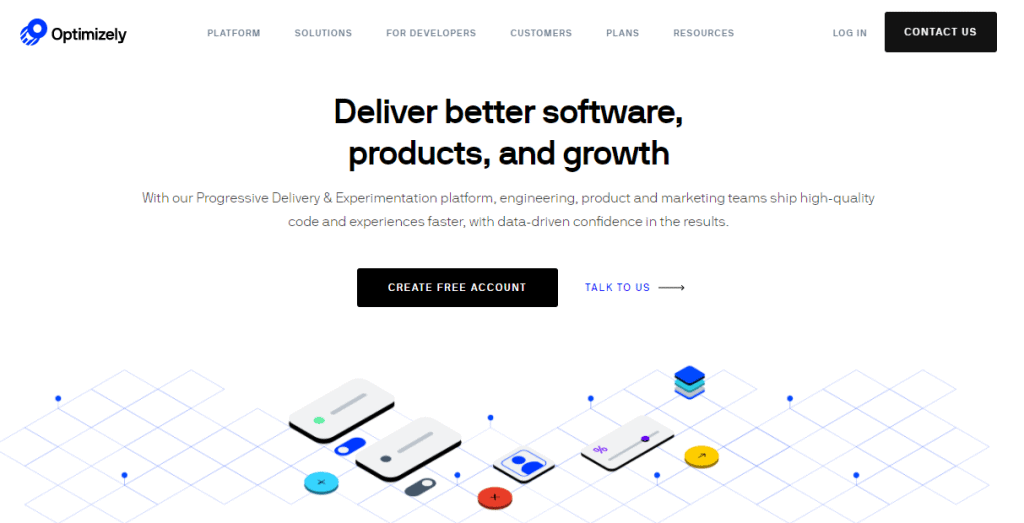
Another very famous player in the optimization game, Optimizely is an enterprise-level tool that gives you info on your interactions and signup clicks.
Using Optimizely you’ll get an A/B testing tool that can majorly help page optimization and an editor you can use to create/edit webpages without altering the code.
Your testing can be done across platforms including TV and IoT apps. And to top it all off you’ll even be able to do funnel tests and connect the tool to Google Analytics.
GTmetrix
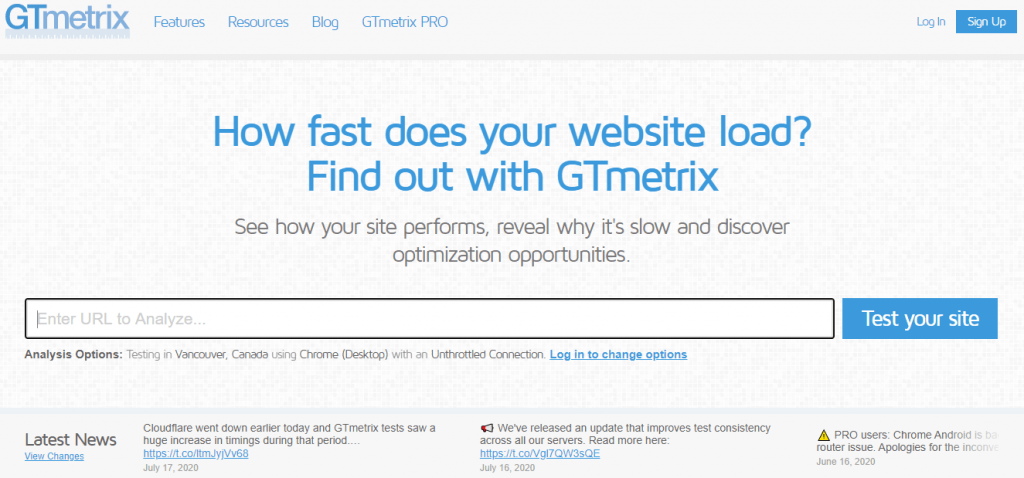
GTmetrix isn’t one tool, instead, it’s multiple page speed tools that not only tell you what your problems are but also tell you how they can be fixed.
Its conversion rate optimization tool is great at testing webpage speed and its waterfall analysis tool highlights your website’s positive and negative features while also telling you how they affect conversion rate.
Through the GTmetrix dashboard, you get summarized key performance indicators including PageSpeed scores (Google), YSlow Score (Yahoo!), load time, page size, the total number of requests, etc.
Conclusion
When optimizing your conversion rate you have to remember that your goal is to motivate people to go come and stay on your website. Of course, another job you have is to make sure that your site is enjoyable and functional because luring people in just to disappoint them is even worse than not having any visits at all.
Some things you might want to consider doing are switching to a VPS hosting plan. and working with a professional to perfect your site’s design.
Lastly, we want to point out that conversion rate optimization is not a one-time gig, but rather an ongoing process that needs to be done regularly and with great attention to detail.
So, pick a tool or multiple, put your website through some tests, and use the gathered information to create a site that brings you a lot of conversions and gives your visitors a great user experience.

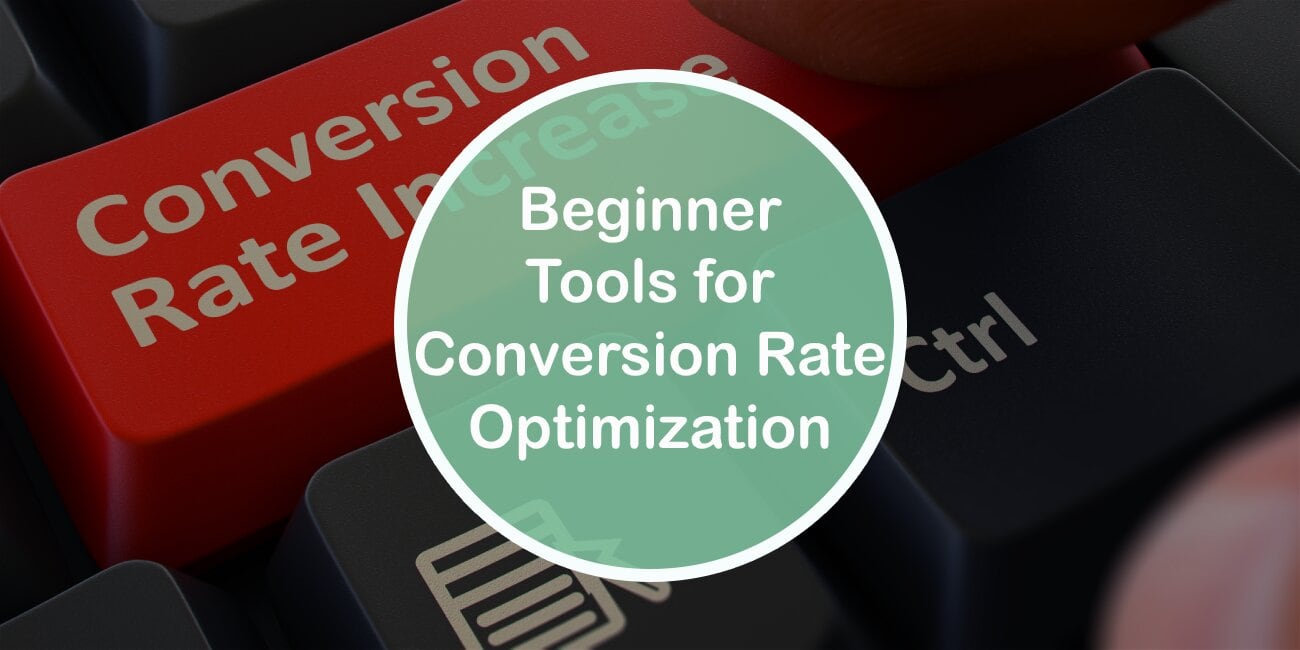
Comments are closed.